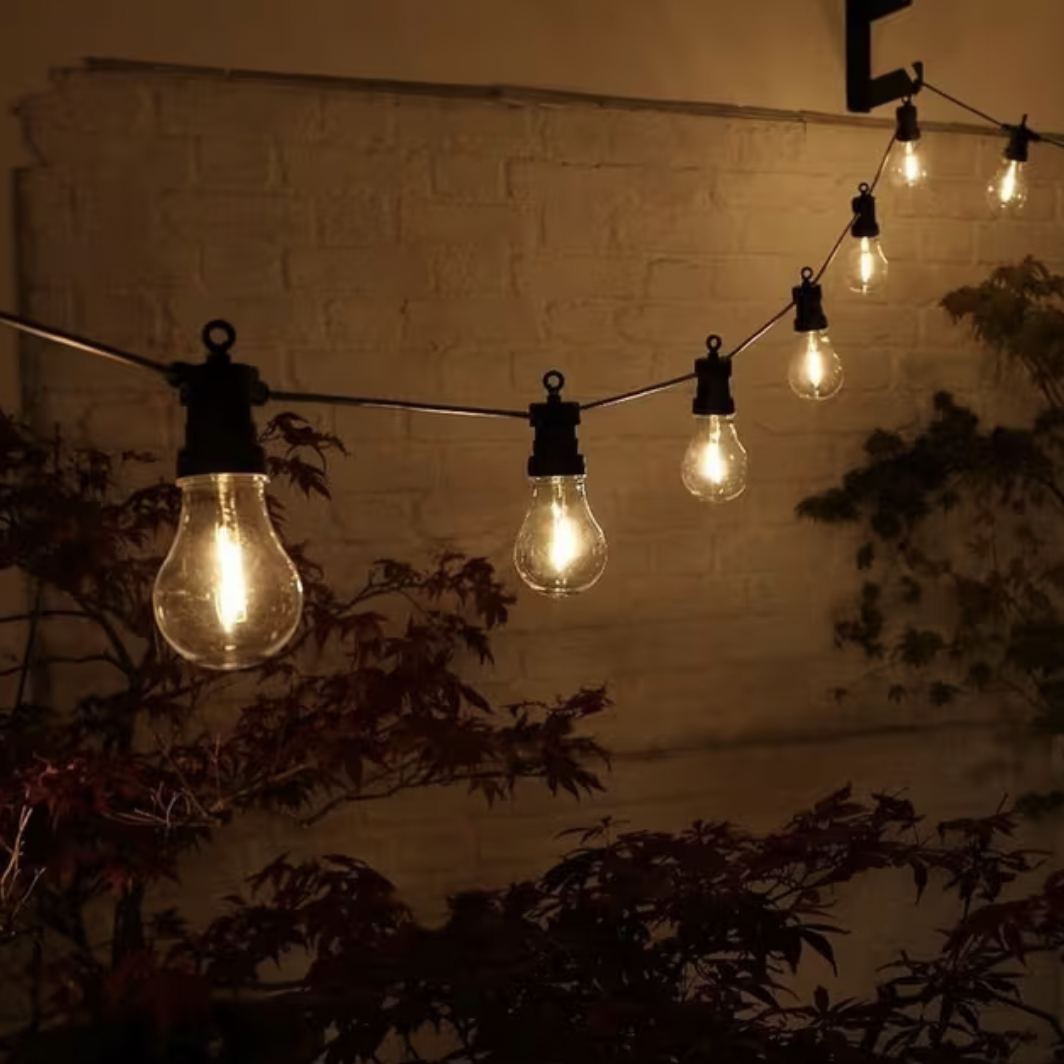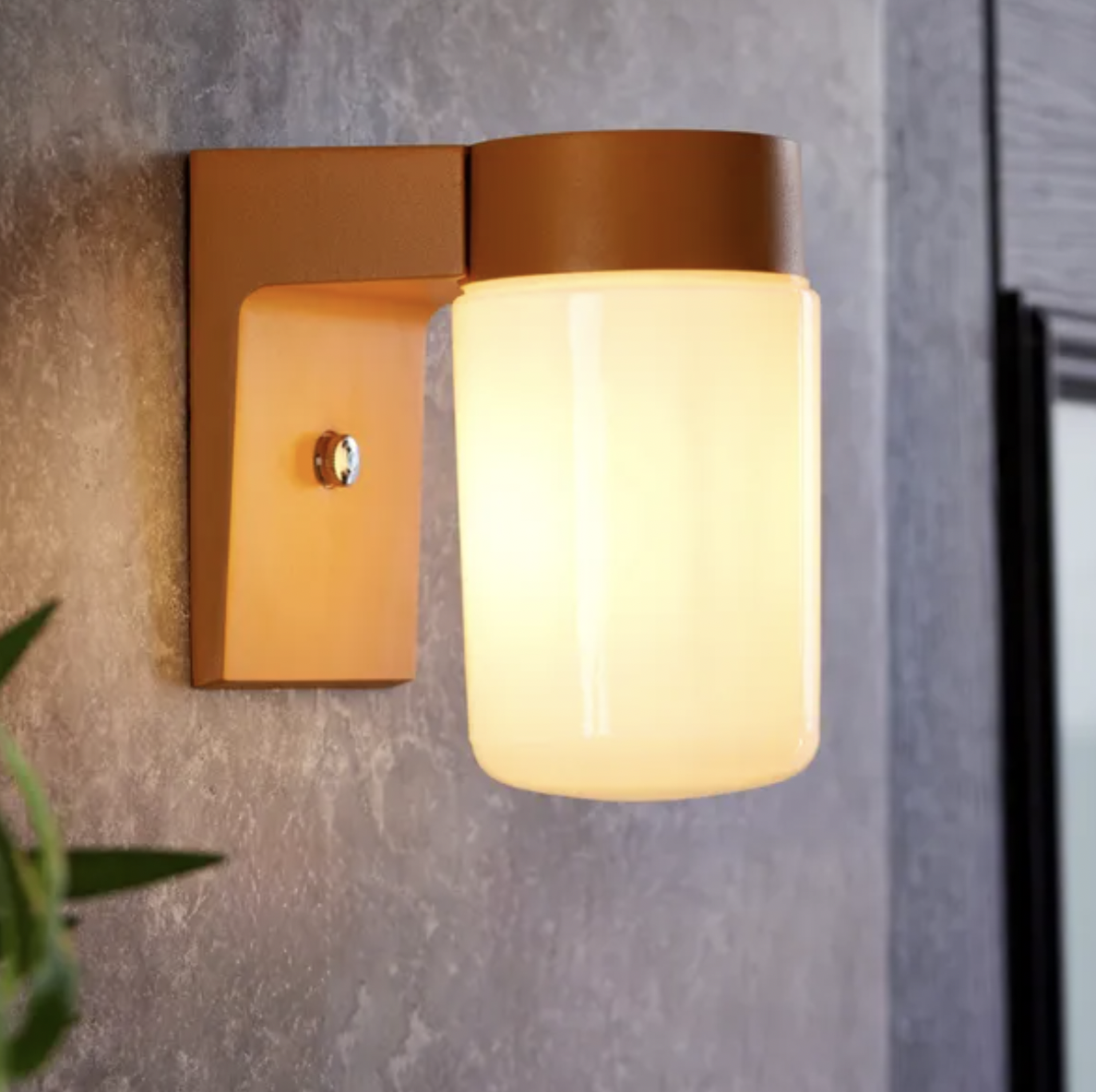"You Don't Want Your Garden to Look Like Las Vegas" — Landscape Designers Reveal the 10 Biggest Outdoor Lighting Mistakes
Lighting your outdoor area isn't always straightforward. Here are the common pitfalls that the designers always notice
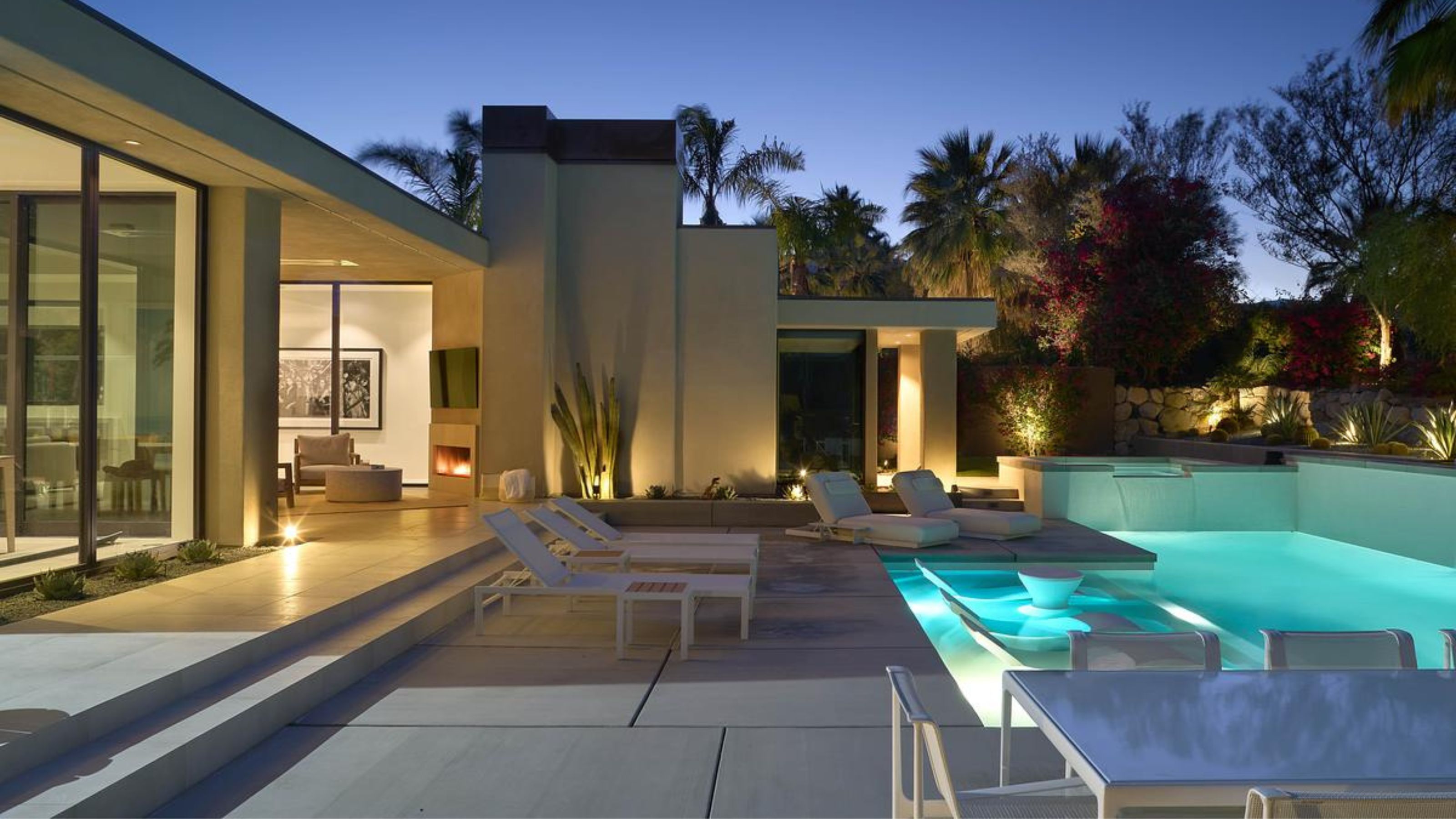

Lighting is a crucial element of garden design, enhancing your outdoor space once the natural light of the day fades away. It has the power to bridge the gap between indoor and outdoor spaces, helping to extend the home's boundaries and living areas. But that's only if you get it right.
The best ideas create atmosphere, but can also enhance the sculptural elements of your garden, too. Strategic placement is essential, whether that's uplighting from below or draping garden lighting ideas from above. But outdoor lighting mistakes risk your space feeling too bright, too dark, or simply uncoordinated.
"Lighting serves as the crowning jewel of an outdoor space," says landscape designer Casey Browar. "Lighting brings a sense of artistry and joy, making everything sparkle and shine. It is the element that truly elevates the design, seamlessly connecting all the components." Here are the common pitfalls to avoid.
1. Forgetting to Hide the Light Fixtures
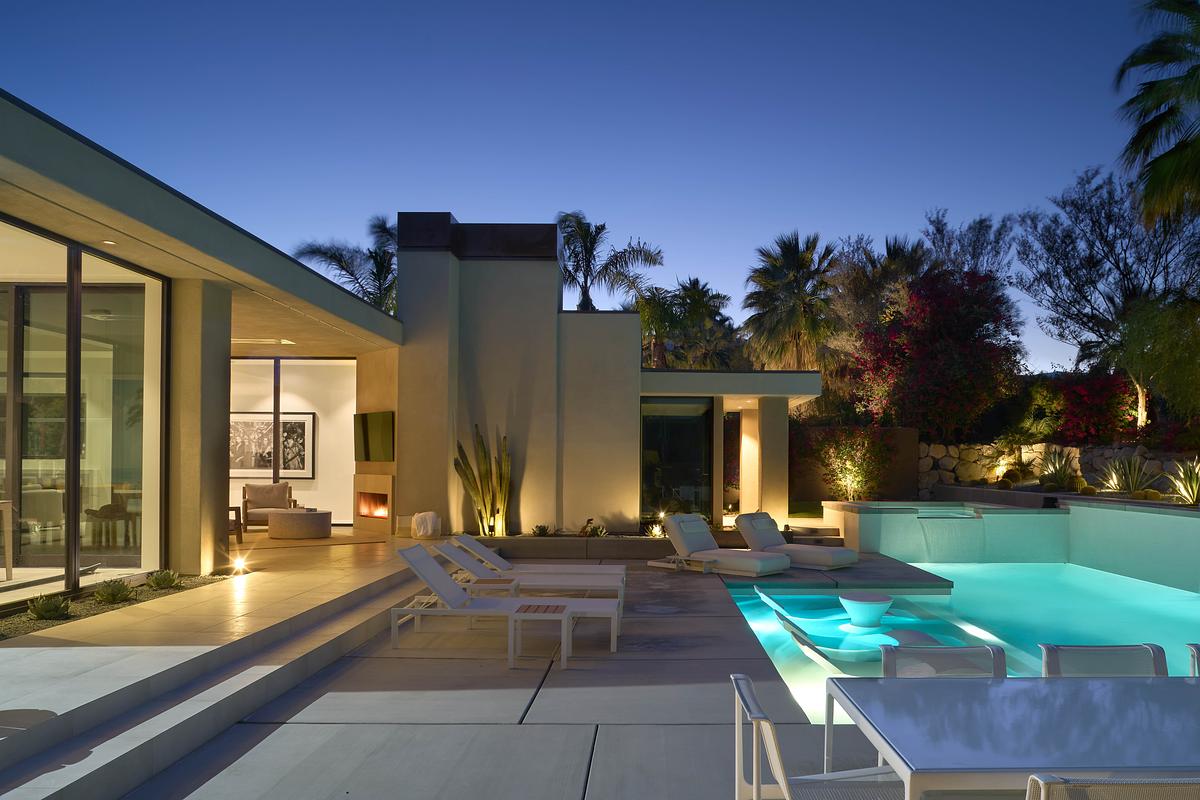
One of the biggest garden lighting mistakes is to make the fixtures and fittings super visible.
A common outdoor lighting mistake made by homeowners is poorly positioned landscape lighting, as well as failing to hide the light fixture. Lighting from below, with outdoor uplighters embedded in the ground, can elevate the look of your garden, but not so much when you see the fittings.
In the garden above by Scott Posno Design, the outdoor space has been meticulously designed to embrace the beauty of the desert. A new swimming pool serves as the centerpiece of the space, surrounded by extensive desert landscaping including cacti, native plants, and rock formations that blend seamlessly with the natural environment.
Lighting has been embedded to shine up the wall, turning the plants and cacti into a striking focal point as night falls. The concealed lighting becomes more sculptural than purely functional, and only enhances the space, rather than becoming an eyesore.
2. Forgetting the Power of Natural Light

Don't forget the power of harnessing natural light when it comes to illuminating your garden.
A garden fire pit is an instant game changer in any backyard. Whether it's a gas or log burner, it can transform your outdoor space and encourage the usage of your garden long after the sun sets (and summer ends, too). There is something so warming about natural light, and even small gardens can benefit from a small fire bowl to add that atmosphere come nightfall.
The Livingetc newsletters are your inside source for what’s shaping interiors now - and what’s next. Discover trend forecasts, smart style ideas, and curated shopping inspiration that brings design to life. Subscribe today and stay ahead of the curve.
The backyard of this 1970s Napa Valley home was completely reimagined, ensuring the house was flooded with natural light and enjoyed views out to the garden from every room. The fireplace landscaping provides a natural focal point in the garden, and chairs placed around it ensure it's a communal space to gather.
"A new covered loggia with a gas-burning fireplace became the new heart of the garden, and it's designed to be used all year round," explains Luca Pignata of Luca Studio.
Alternatively, for a flickering look, try a gas-lit flame. "Many folks overlook gas-lit lanterns when considering light options," adds landscape designer Ellie Mroz. "These instantaneously evoke old-world charm, and nothing says luxury like a natural flame. If your home has an existing gas line, a licensed electrician can do this relatively easily. It's a worthy investment."

Ellie Mroz’s passion for interiors began in the world of fashion, but she has since branched out to exterior spaces, too. Her firm serves clients in Ellie’s hometown of Westfield, NJ, as well as Summit, Chatham, Short Hills, Summit, Scotch Plains, Cranford, Mountainside, and Millburn.
3. Forgetting to Light a Pergola
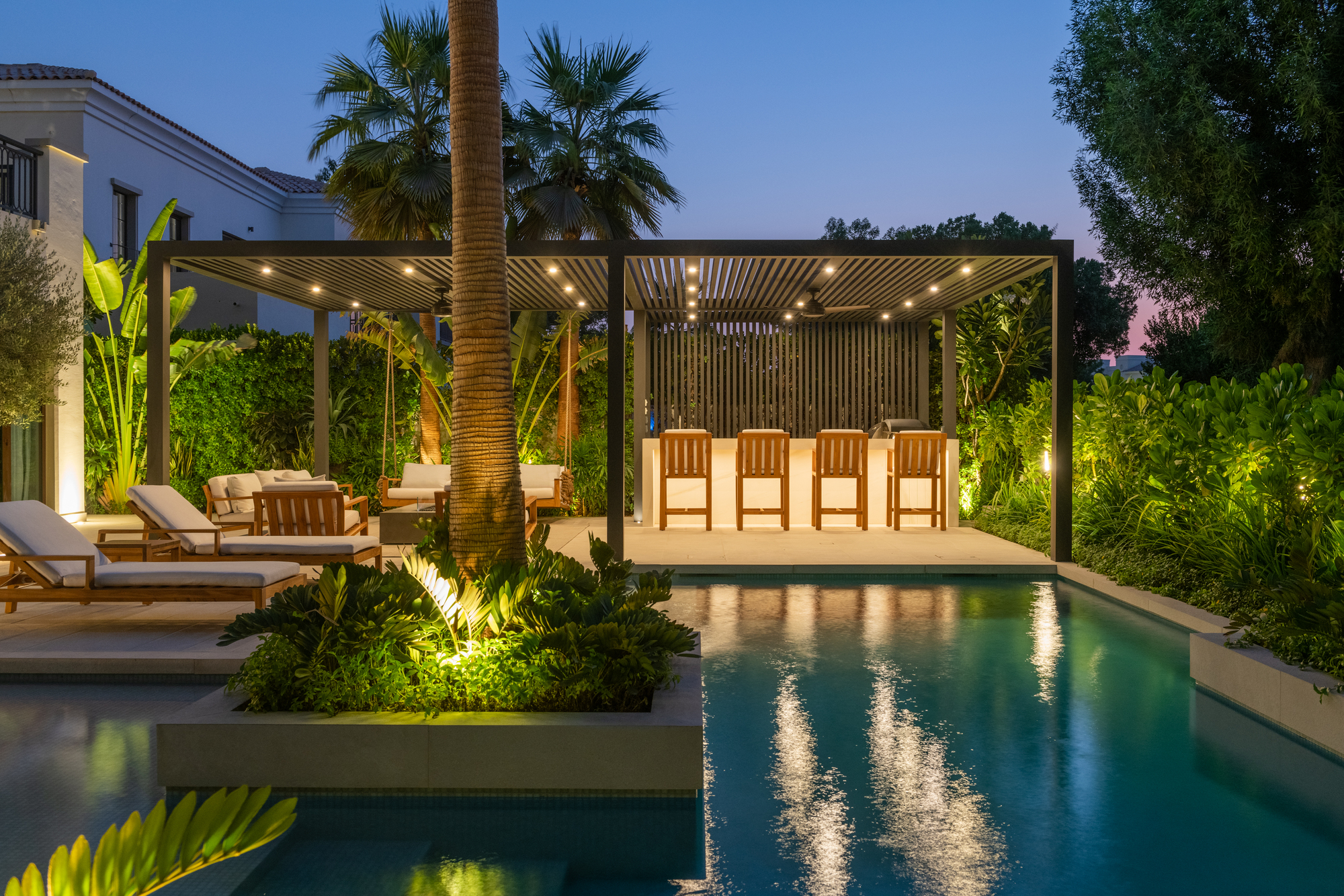
Seamlessly incorporating lighting into your hardscaping only adds to the appeal of the space.
When it comes to pergola ideas, lighting is one of those details that often gets overlooked. But that's a mistake, as it can completely transform how the space feels and functions.
"What we always aim for is a soft, layered lighting scheme," says Matt A Matouk, creative director of MDO Landscape. "We want a scheme that adds warmth, depth, and a sense of calm without being too harsh or over-designed. For that reason, we use small spot lights integrated seamlessly into the pergola beams."
The lights are almost invisible during the day, but at night they glow like tiny stars scattered across the structure. "It’s subtle, elegant, and makes the entire space come alive, especially when paired with indirect floor or garden lighting," says Matt.
The goal is to make people want to stay outside, and lighting from above helps define that zone as more than just a shaded cover. "It becomes an outdoor room, a focal point, and often the heart of the garden," says Matt.
4. Thinking String Lights Are Tacky

There is just something so magical about string lights, but they can be functional, too.
Backyard string light ideas are often underestimated as a budget lighting solution. But they have a certain charm that can be beneficial for your outdoor space, and can easily make or hide certain features by wrapping them around fences, tree trunks, or draping them across the space.
They also work to emphasize the perimeter of the garden, and in this instance, Audrée Kemp Bélanger of AKB Design connected the trees with string lights.
"We love to light the edges of the yard to add depth to the outdoor space," the designer explains. "In addition to enhancing the sense of openness, string lighting helps highlight the landscape after dark and extends the beauty of the garden into the evening."
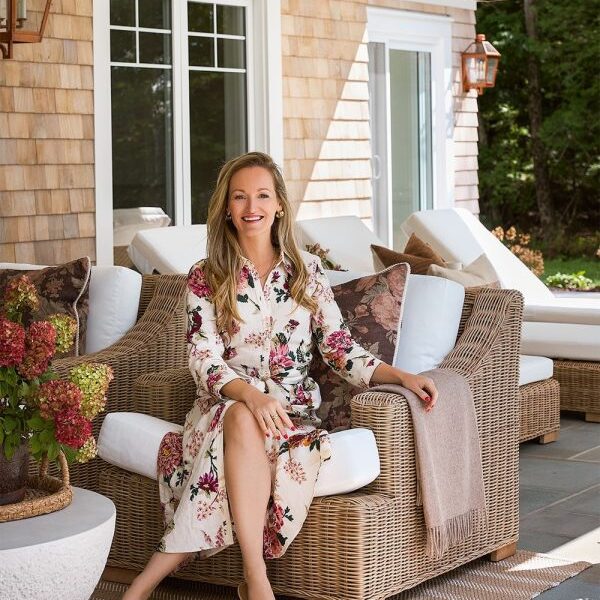
Audrée Kemp Bélanger is a certified member of the Association of Landscape Architects of Quebec, and, as the founder of AKB Design, has worked across various residential and commercial projects. She defines her style as timeless, classic, and contemporary, but prides herself on creating spaces that meet the needs of her clients.
5. Forgetting the Importance of Color Temperature
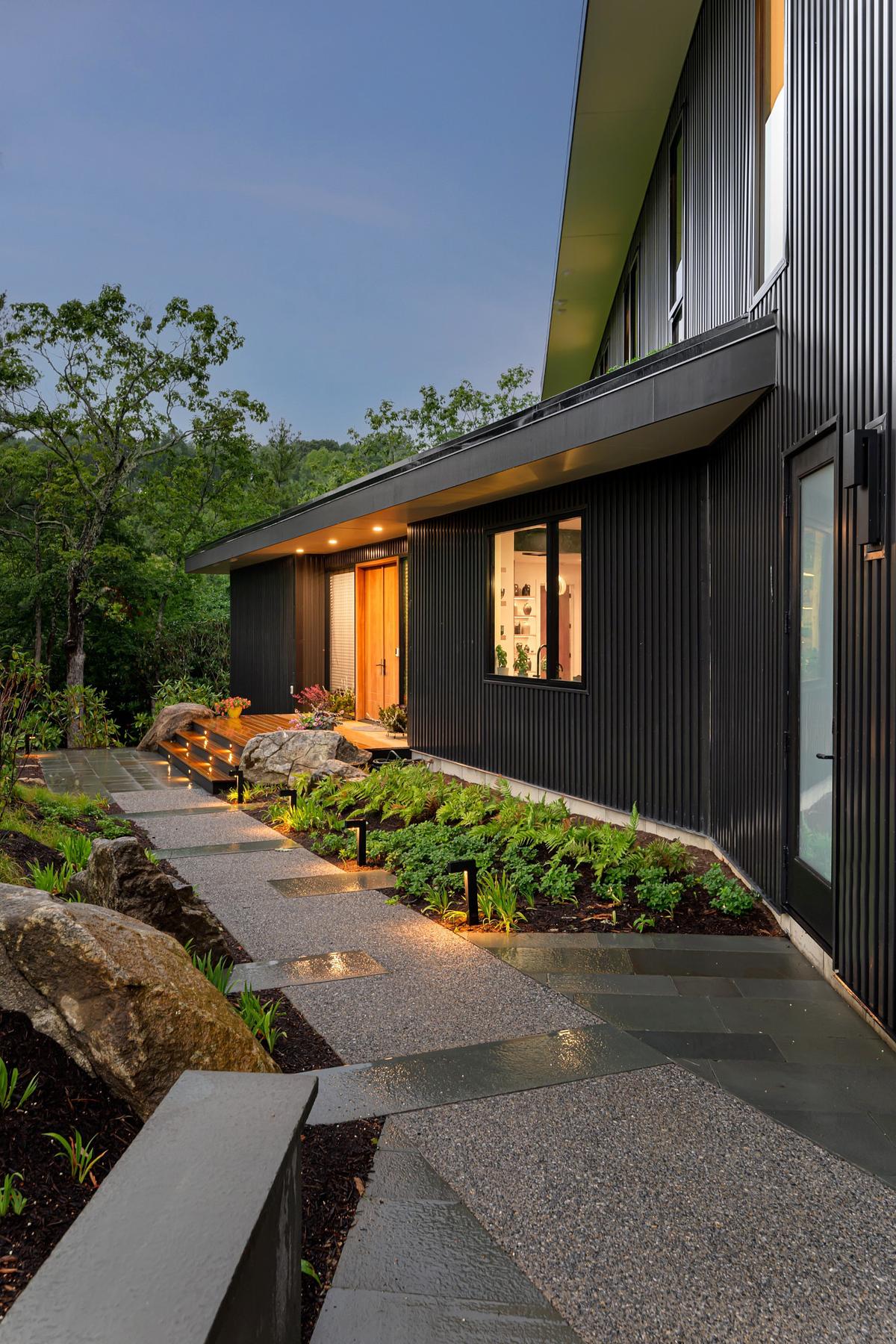
Just as you would consider it inside, the temperature of your outdoor lights counts, too.
Yes — color temperature of your lighting is just as important for your outdoor space as your interiors. When it comes to cool light vs warm light, warm white LED lights are always a great option. This type of lighting creates a cozy and inviting atmosphere, and mimics natural light and the flicker of a candle. Warmer color temperatures (around 2500k-2700k) work better for sculptural elements.
Cool-toned lights can feel stark, cold, and unwelcoming, warns Ellie. "There is a lot of bulb neglect out there," she adds. "If using a glass outdoor fixture, go for a warm LED Edison bulb. Always buy 2700K; this will avoid any cold, blue-ish LEDs that can make any home look commercial and unwelcoming. Using the right size bulb is so important."
6. Putting Wall Lights at the Wrong Height
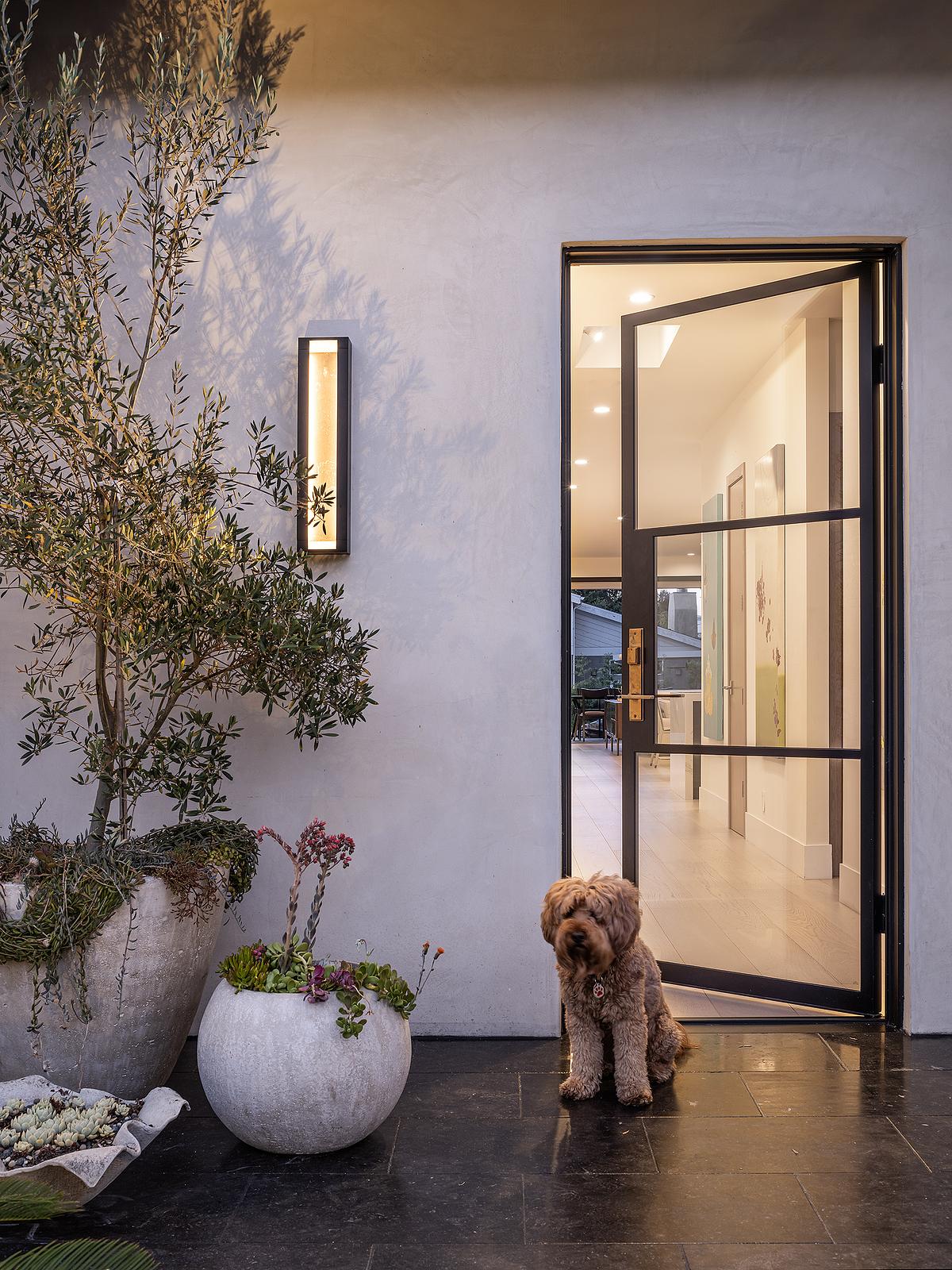
Wall sconces are a go-to for outdoor lighting, but get the height wrong, and they can ruin the feel of the whole space.
If you are adding outdoor sconces or wall lights to your garden (and you should!), you want them to be level, well-spaced-out, and at an adequate height on your wall or fence. Around 60-72 inches (152-183 cm) from the floor to the center of the junction box is a good height to aim for.
"These fixtures were placed at eye level," explains May Sung of SUBU Architecture, who designed the garden shown above, "because the light source is indirect and glows up and down, so it won't be blinding and directly hitting the eye."
The result is a garden wall bathed in a soothing glow.
7. Not Illuminating Garden Steps

It's a practical consideration most of the time, but don't forget to get creative with how you illuminate your garden steps.
One of the latest garden trends is making a feature of your garden steps. Not only is it functional (ensuring you can see them at night), but it can also link disconnected areas in the garden and become a striking feature, too.
"Thoughtfully placed lighting adds depth and ambiance to the landscape, subtly guiding movement while highlighting the architectural form of the pathway," says Youseph Taouk of Melbourne-based Taouk Architects, who designed this garden.
"In this instance, we chose to incorporate step lighting to create a warm and inviting atmosphere, seamlessly blending practicality with design to complement the surrounding environment," he adds.
8. Not Matching the Home's Aesthetic
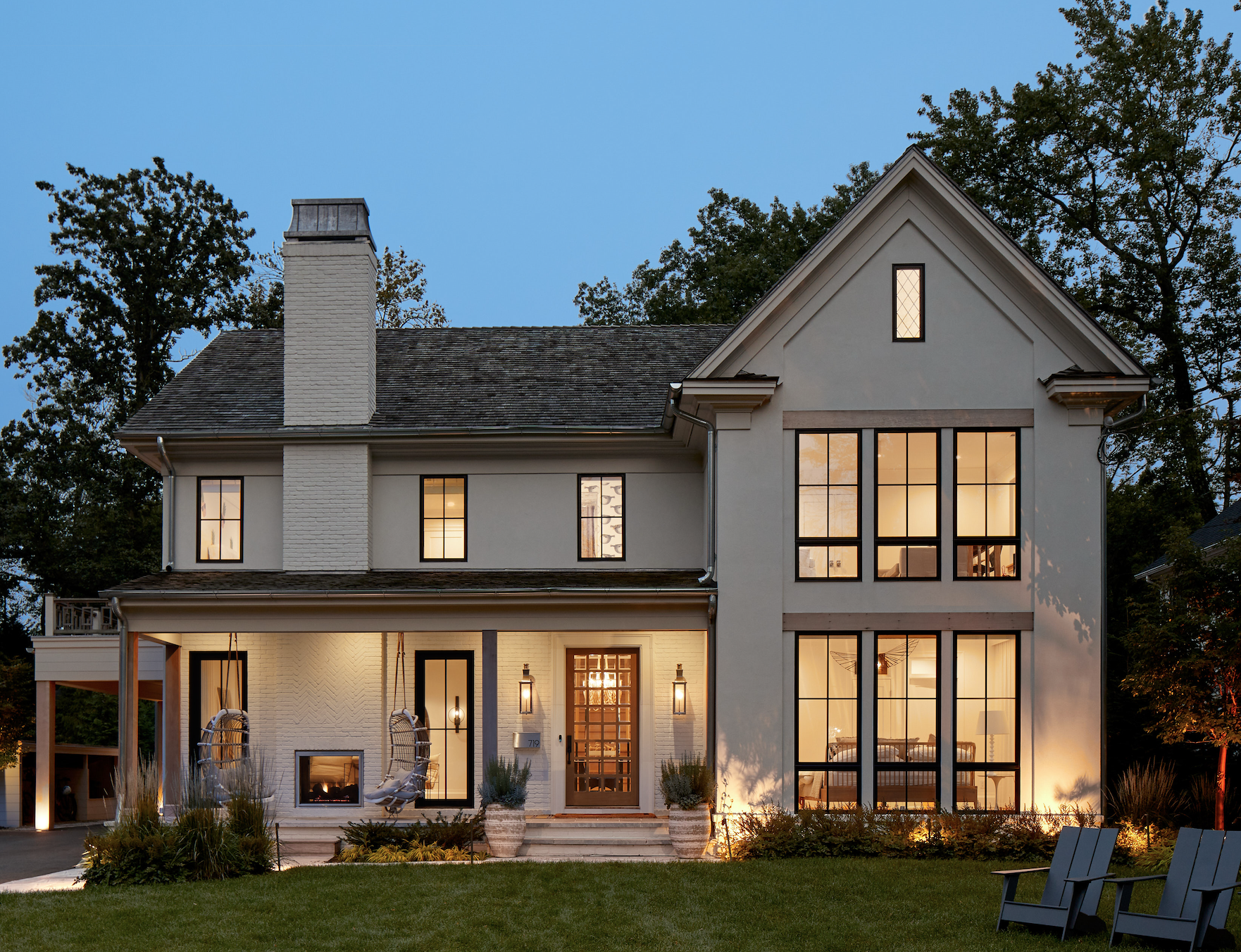
Lighting that feels 'stuck on' at the last minute can drive down the entire look of your home.
It's important to blend your outdoor and indoor spaces. If you get your lighting wrong and it's out of sync with the interior of your home, the spaces can feel disconnected.
"One of the most common mistakes in outdoor lighting is a poor match for the home style," says landscape designer Ellie Mroz. "Outdoor lighting is like jewellery for a home; the home's architectural style, railings, trim, and even address numbers should be considered for a cohesive aesthetic."
Finishes need to be matched and directed by the home's style. Traditional homes shine with antique bronze, copper, or aged brass materials. "Modern homes typically go best with modern garden lighting like black or stainless steel fixtures," adds Ellie.
9. Forgetting to Layer Lighting
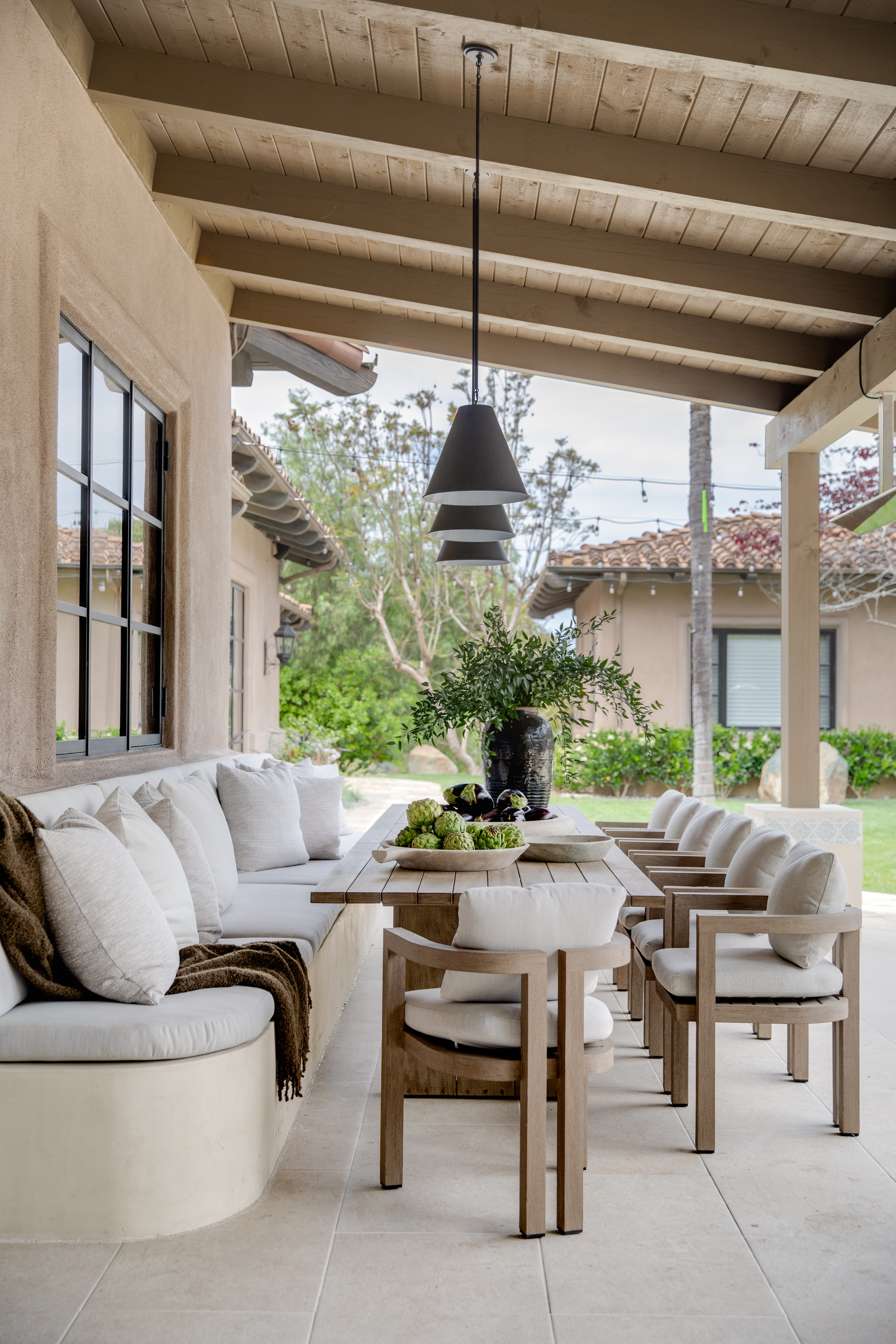
Layering lighting is important no matter which room of the home you're working in.
One source of lighting is often not enough for an outdoor area. It's best to spread your lighting scheme throughout the garden, highlighting different areas. The best schemes are layered with various sources of lighting, much like you might find inside the home.
Incorporate task lighting for functional areas like pathways, garden stairs, and any decking. Remember accent lighting to highlight architectural features, like uplighting a plant or sculpture from below.
Finally, ambient lighting provides overall illumination and atmosphere. Think of a lantern hanging from the ceiling of a porch, or rattan string lights that light from above.
10. Forgetting to Light Fences

You can make a practical element, such as a garden fence, feel sculptural if you get the lighting right.
Fences often sit at the edges of our gardens and can be rather unsightly, but they play a crucial role in framing and defining the outdoor space.
"Incorporating lighting into fences adds both function and atmosphere," says Chris Weiss of Formation Landscapes. "Garden fencing lighting softens hard boundaries, extends the perceived size of the garden after dark, and creates beautiful layers of depth and shadow."
Forgetting to light fences can leave outdoor areas feeling flat or incomplete at night, whereas subtle, well-placed lighting helps to highlight textures, showcase planting, and create a warm, inviting ambiance. "It transforms the garden into a true extension of the home, day and night," says Chris.
FAQs
Can You Overdo Landscape Lighting?
While a layered scheme helps a space feel considered and bathed in light, you absolutely can overdo it, and that's a major outdoor lighting mistake. A garden that has too many lights can feel excessively bright and will not be conducive to relaxation.
"Homeowners can easily overdo outdoor lighting. Do you want your garden to look like Las Vegas?" says May Sung.
"You can get the balance right by defining key areas to highlight, using layered lighting and warmer temperatures rather than flooding the space with illumination," adds Youseph. "A well-lit landscape should feel intentional, enhancing the space rather than overpowering it."
Consider the size of your garden, too. If you have a small garden, it's best to keep your lighting more minimal.
When in doubt, use the rule of three and incorporate three different light sources throughout your garden — this will keep things feeling balanced and will avoid most outdoor lighting mistakes. Use task lighting for more practical visibility, accent lighting to highlight a feature, and ambient lighting for that soft glow.
Want to elevate your space even more? Consider the ways you can use smart outdoor lighting to take your garden to the next level.

Former content editor at Livingetc.com, Oonagh is an expert at spotting the interior trends that are making waves in the design world. She has written a mix of everything from home tours to news, long-form features to design idea pieces, as well as having frequently been featured in the monthly print magazine. She is the go-to for design advice in the home. Previously, she worked on a London property title, producing long-read interiors features, style pages and conducting interviews with a range of famous faces from the UK interiors scene, from Kit Kemp to Robert Kime. In doing so, she has developed a keen interest in London's historical architecture and the city's distinct tastemakers paving the way in the world of interiors.

